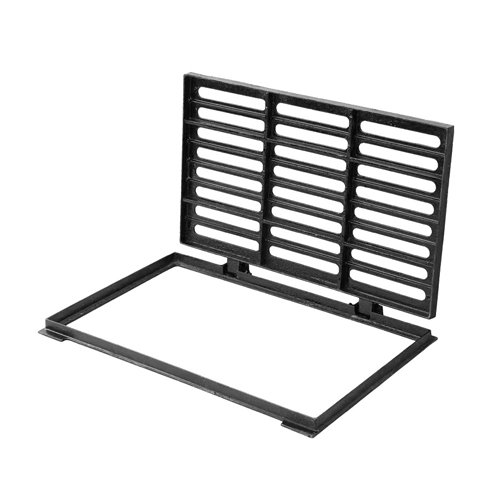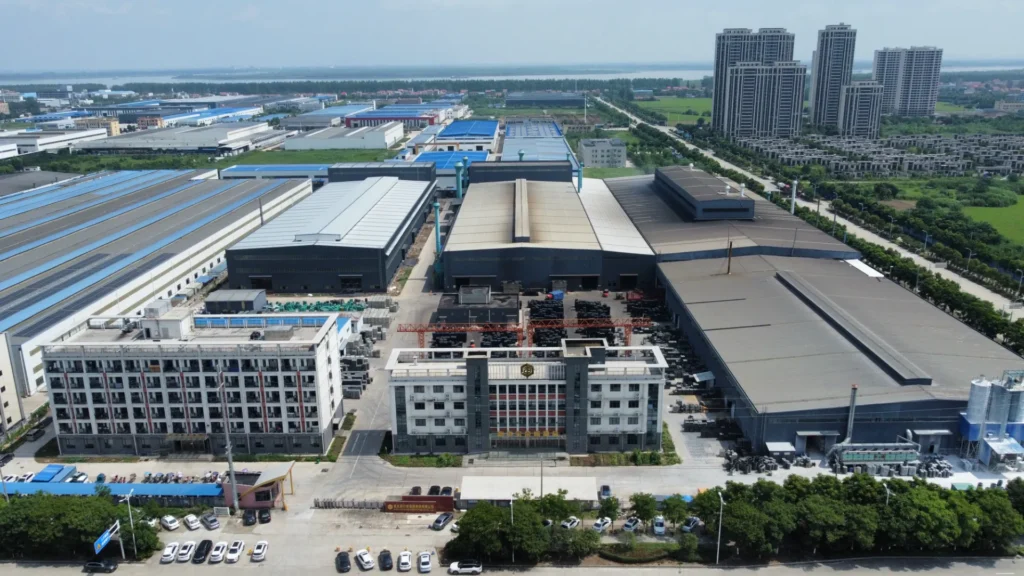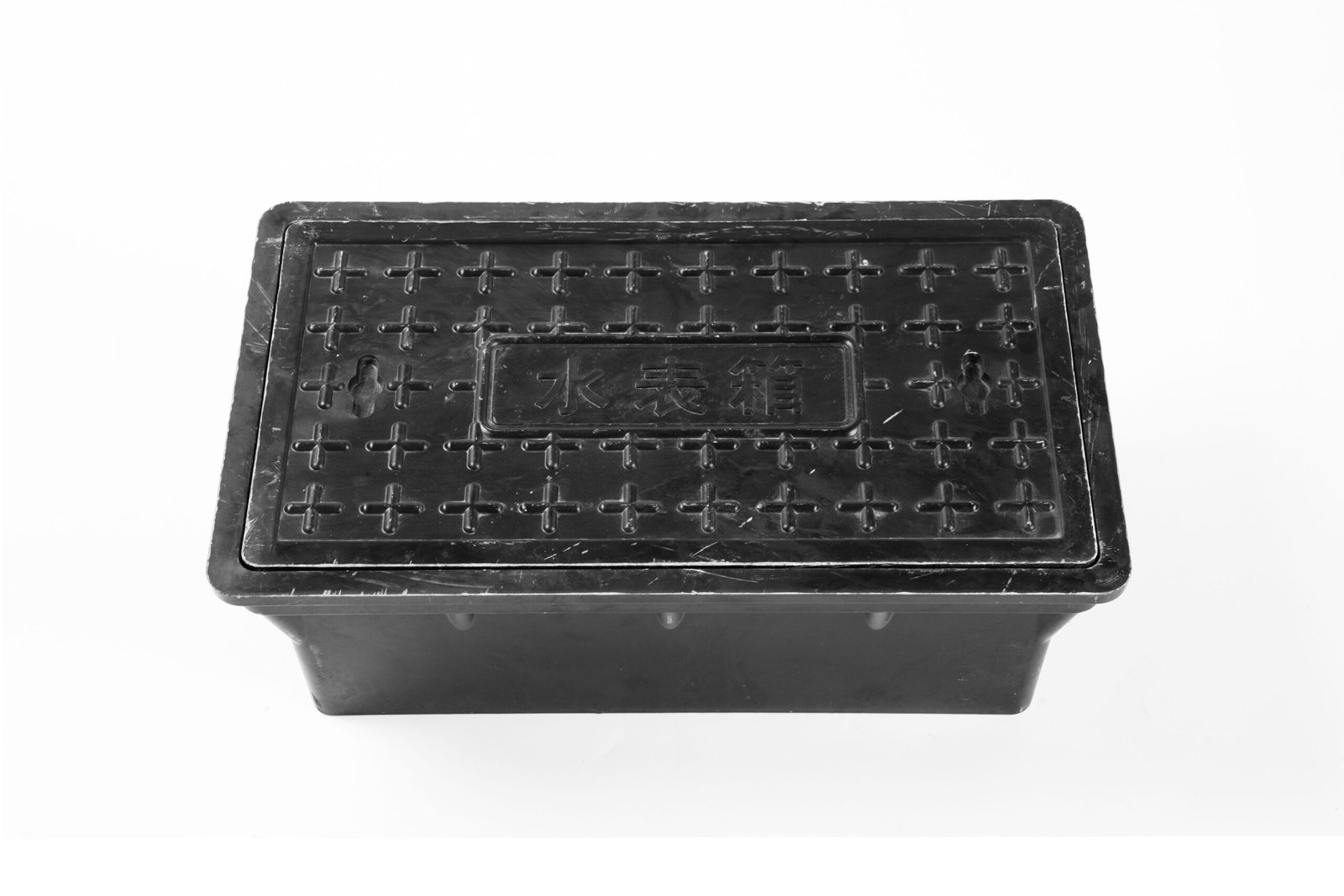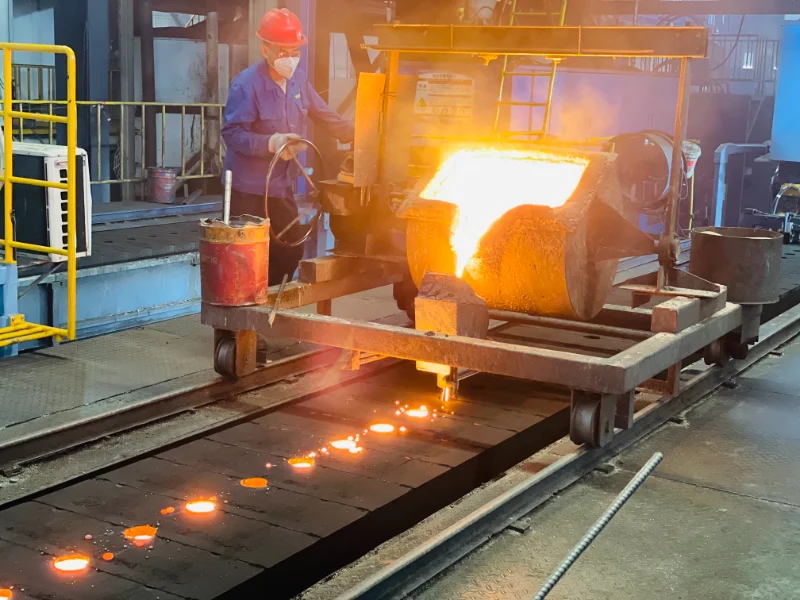Selecting a 400x400 drainage grate requires meticulous attention to detail, especially when ecological protection is paramount. Drainage challenges arise almost daily, and proper equipment selection significantly reduces pollution levels. Modern infrastructure is defined by the layout and operation of drainage systems. The right grate ensures long-term durability while minimizing environmental burdens. Crucially, grate selection must align with local conditions and environmental standards. This article explores key selection criteria to help identify optimal solutions that balance eco-safety with efficiency.

Evaluating Local Climate Conditions
Climate assessment is the primary step in selecting a 400x400 drainage grate. Underestimating factors like precipitation volume and intensity leads to incorrect choices, compromising drainage efficiency and ecological health. In rainy regions with heavy downpours, prioritize grate strength and water flow capacity. Waterlogging can devastate flora and fauna—efficient drainage prevents such ecological damage.
Material temperature adaptability is equally critical. In areas with extreme temperature fluctuations, materials must withstand deep freezes and intense heat. Poor material selection accelerates degradation, necessitating frequent replacements and potential environmental contamination.
Additionally, evaluate UV radiation resistance and chemical corrosion tolerance. Modern 400x400 grates often use materials engineered to endure physical loads and environmental stressors, extending service life, reducing replacement frequency, and minimizing waste.
Materials and Environmental Impact
Material choice is pivotal for 400x400 drainage grates. Amid global ecological concerns, durability and eco-safety are non-negotiable. Common materials include cast iron, composites, and plastics—each with distinct ecological trade-offs:
- Cast Iron: A classic choice offering high strength and longevity. However, its weight contributes to substantial CO₂ emissions during production.
- Composites: Lightweight and corrosion-resistant but may involve complex recycling processes.
- Plastics: Cost-effective and easy to install yet slow to degrade, posing significant environmental burdens.
Modern manufacturers increasingly offer recycled-material solutions, positively impacting ecological balance. Prioritize products with eco-safety certifications, verifying minimal environmental impact. Options include innovative composites from recycled sources or improved cast iron produced via low-emission processes.
Aesthetics and Environmental Harmony
Aesthetic considerations for 400x400 grates are vital and often overlooked. Well-chosen grates should harmonize with surrounding landscapes and urban planning—a key concern for modern city projects emphasizing spatial coherence.
From an aesthetic perspective:
- Plastic grates offer customizable colors for seamless landscape integration.
- Cast iron grates can incorporate decorative elements to enhance visual appeal.
Beyond appearance, consider how grates interact with the natural environment. Opt for colors minimally impacting regional thermal balance or materials with low non-recyclable content. The right choice ensures functionality while achieving aesthetic and environmental synergy.
Environmental Standards and Certifications
Always verify compliance with current environmental standards and certifications. Modern 400x400 drainage grates must meet stringent regulations ensuring safety and non-release of harmful substances. Certifications reflect manufacturers’ ecological accountability.
Manufacturers committed to high eco-standards optimize production through closed-loop material cycles and waste reduction. Technologies complying with ISO 14001 or similar standards typically carry eco-certification labels.
Choosing certified products contributes to ecological preservation and sustainable development. Additionally, opt for manufacturers offering recycling and disposal programs—reducing waste, supporting circular production, and demonstrating responsible resource stewardship.

Installation Parameters and Maintenance
Functional and technical aspects must align during grate selection and installation. Key installation parameters influencing efficiency include:
- Optimal depth and tilt angle
- Accessibility for routine maintenance
Ensure robust anchoring and even pressure distribution to withstand external loads. Dedicated locking mechanisms or fastening systems enhance longevity, reducing replacement needs. Design should also facilitate quick disassembly for drainage system cleaning.
Maintenance should be straightforward and efficient. Easy access and anti-clogging designs minimize operational costs and ensure system reliability. Modern solutions often incorporate built-in filters and separators to trap contaminants effectively, lessening ecological impact.
Economic Factors and Long-Term Value
While upfront costs influence project budgets, evaluating long-term benefits is essential. Initially cheaper models may seem attractive but incur higher lifetime costs through frequent replacements and repairs.
Investing in high-quality 400x400 grates guarantees drainage system durability and reliability. This upfront cost is offset by reduced future maintenance and replacement expenses. Enhanced performance also lowers environmental risks linked to system failures or inefficiencies.
Beyond product costs, factor in installation and operational expenses. Some models require specialized installation, affecting total budgets. Conversely, innovative solutions may offer long-term savings—e.g., integrated water-saving systems or eco-materials—delivering greater economic value over time.




